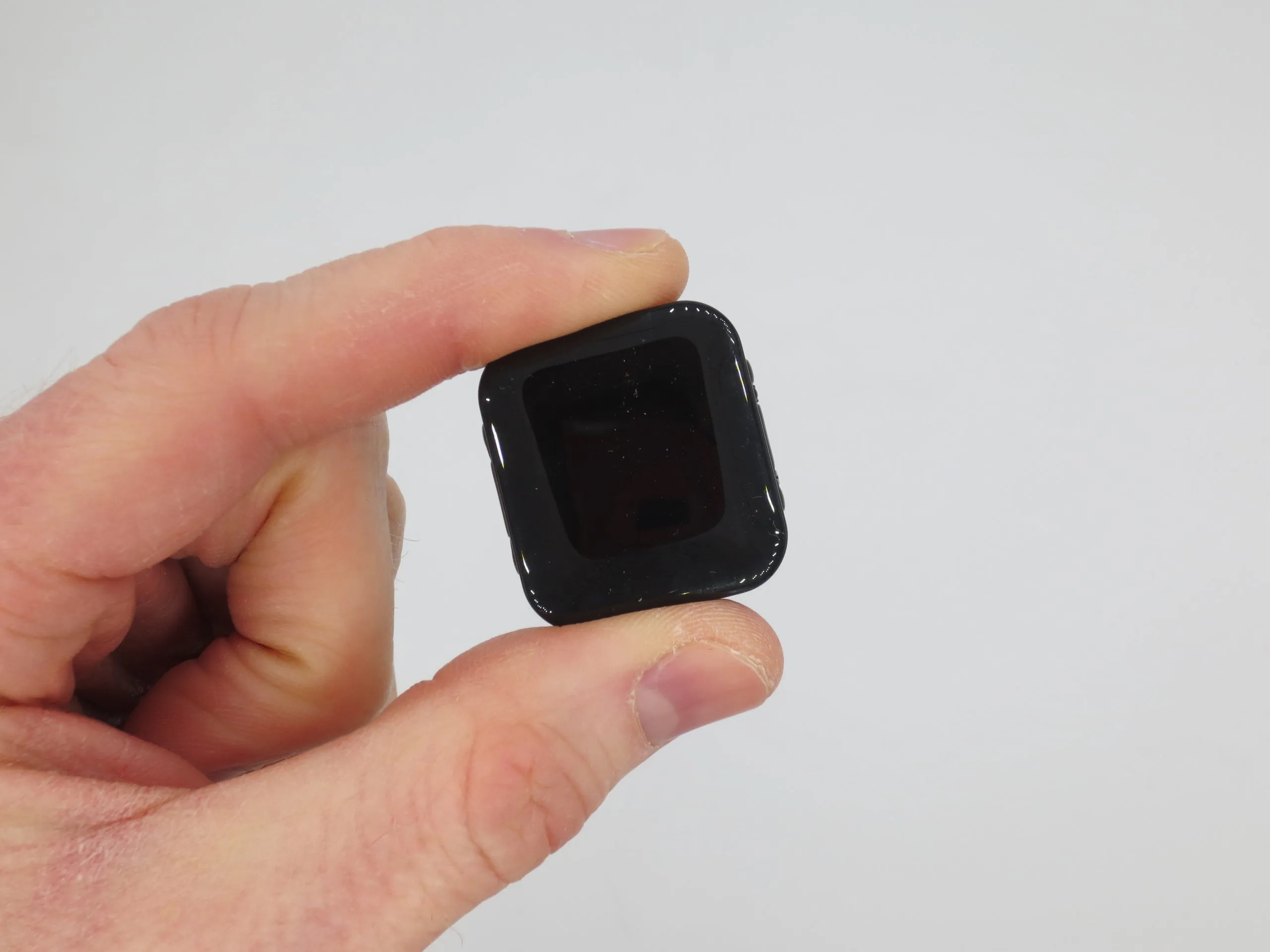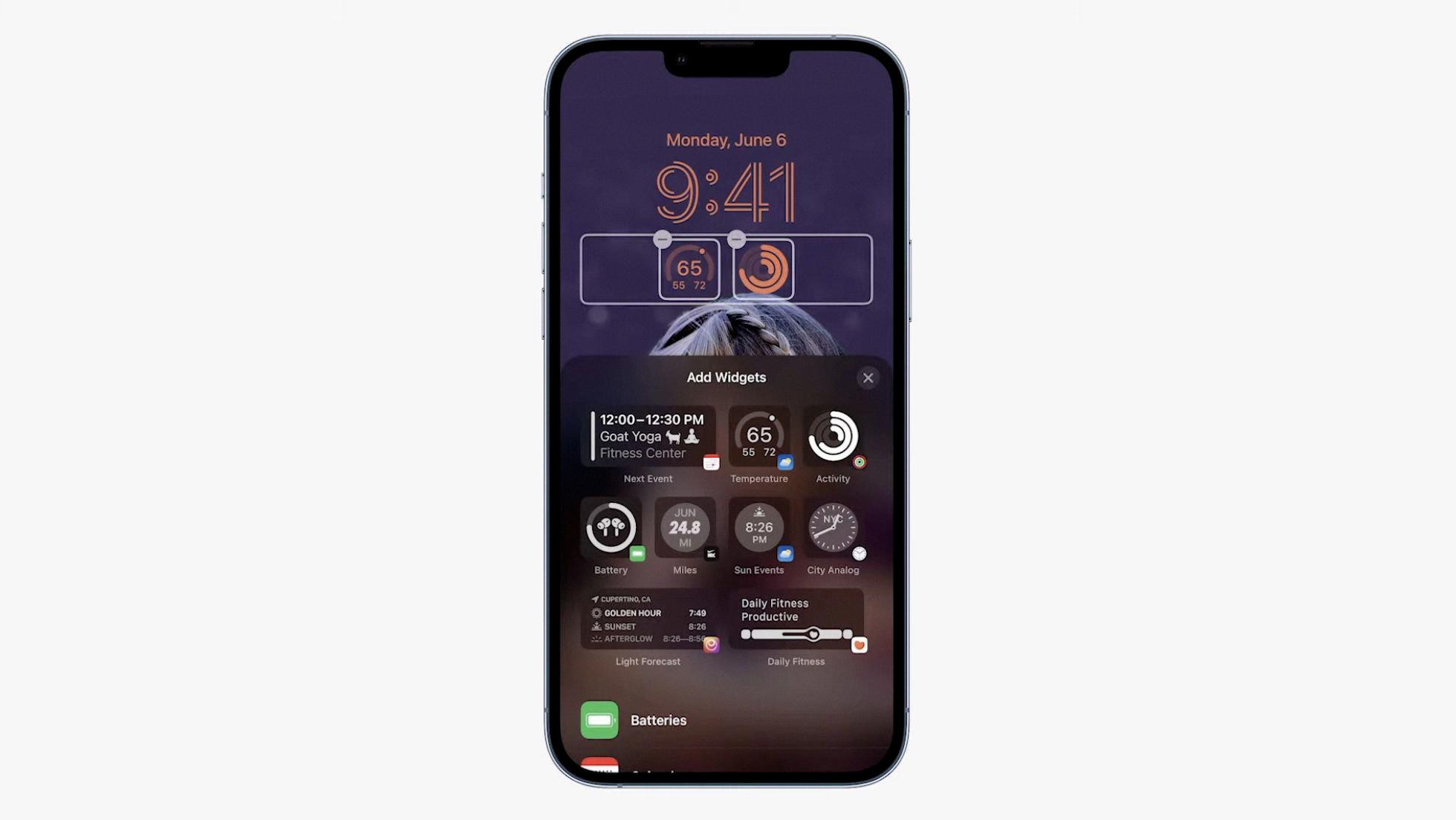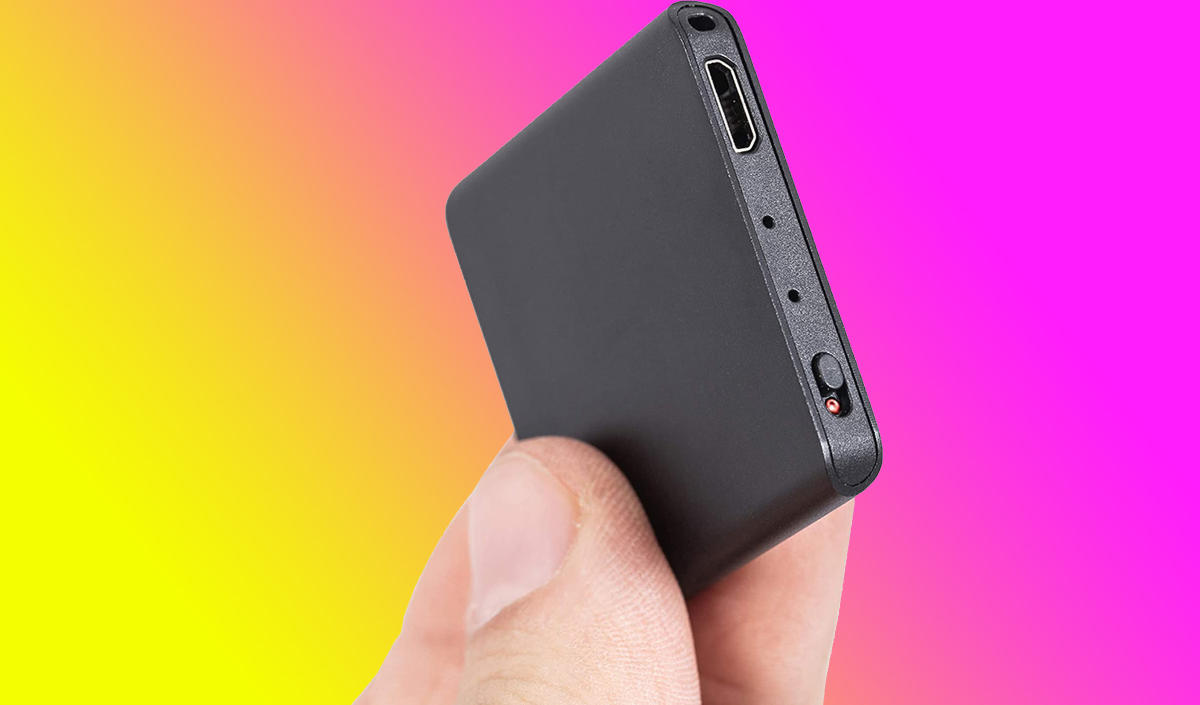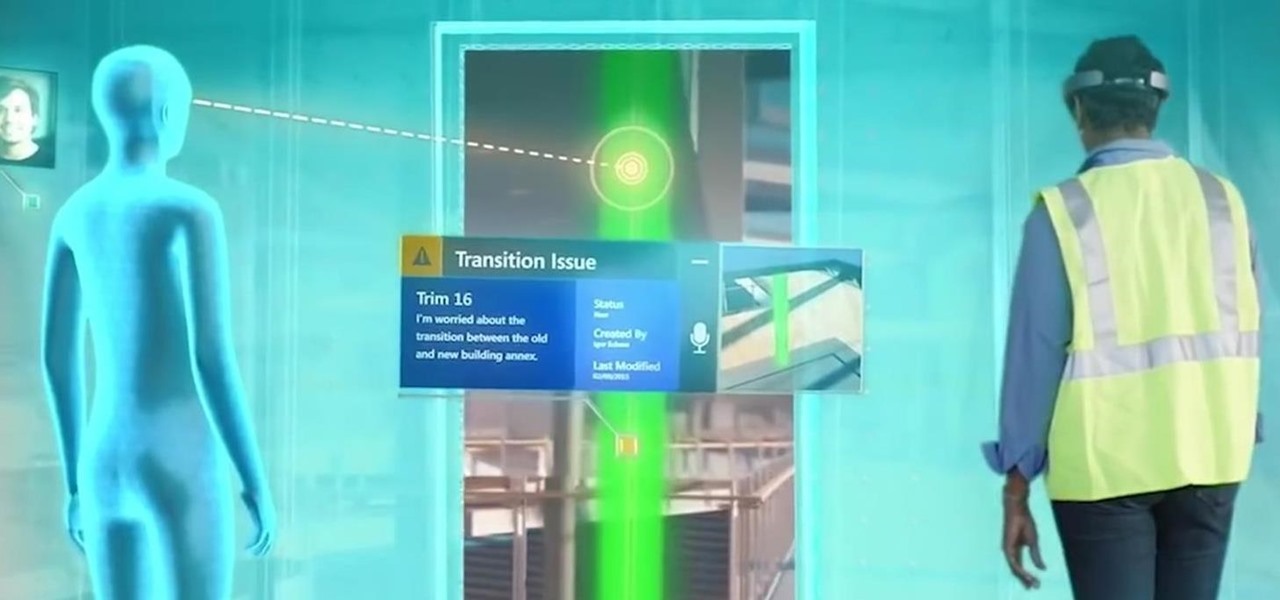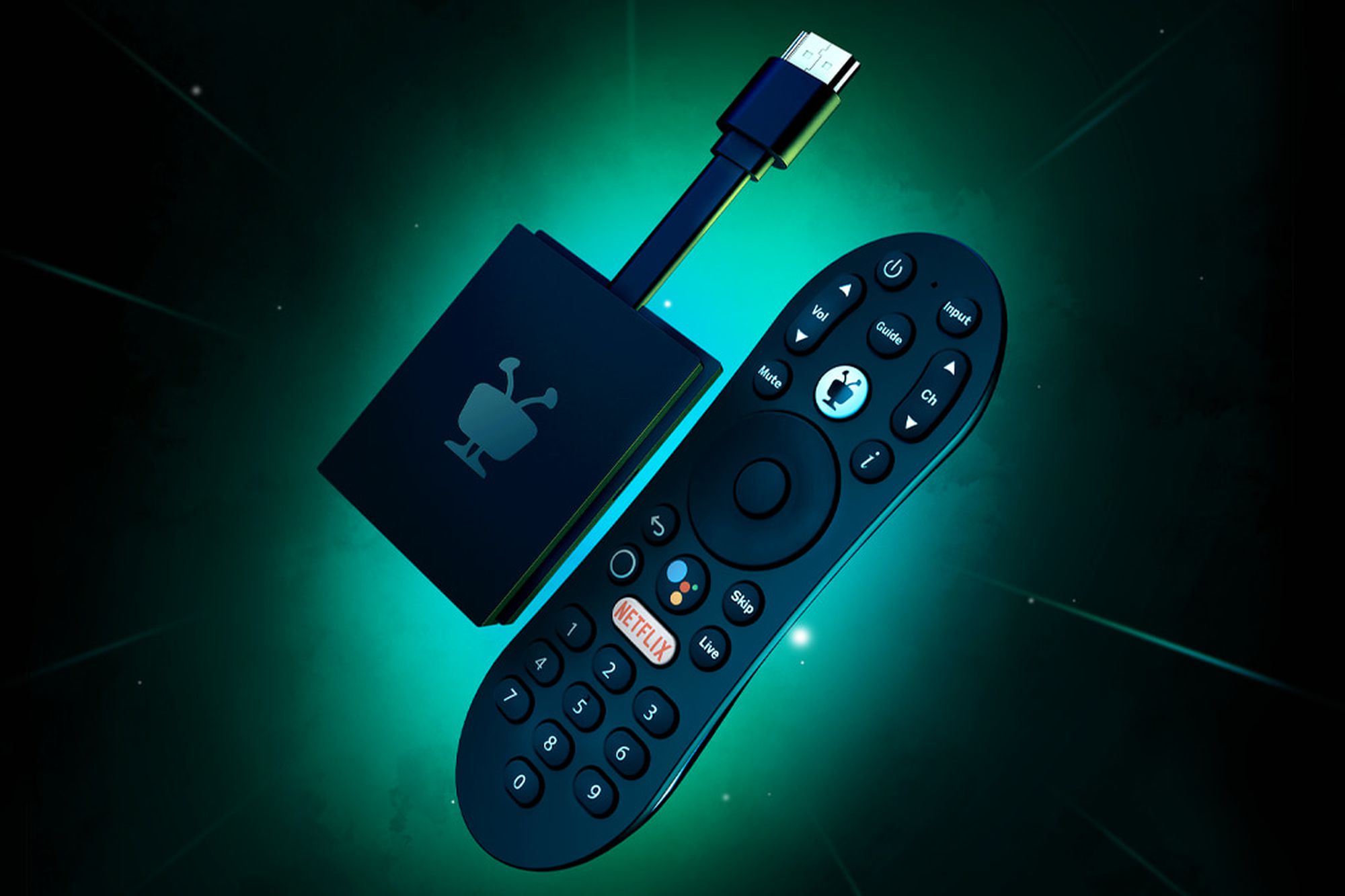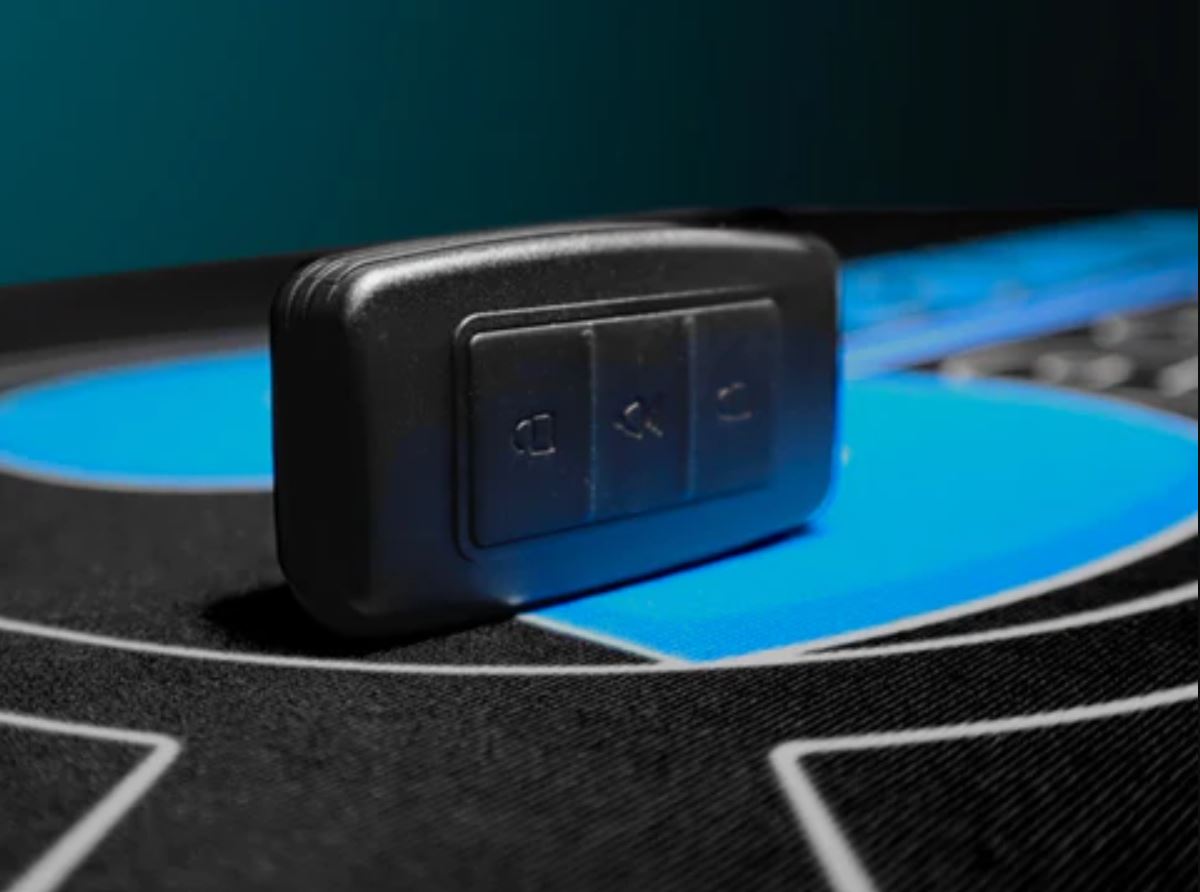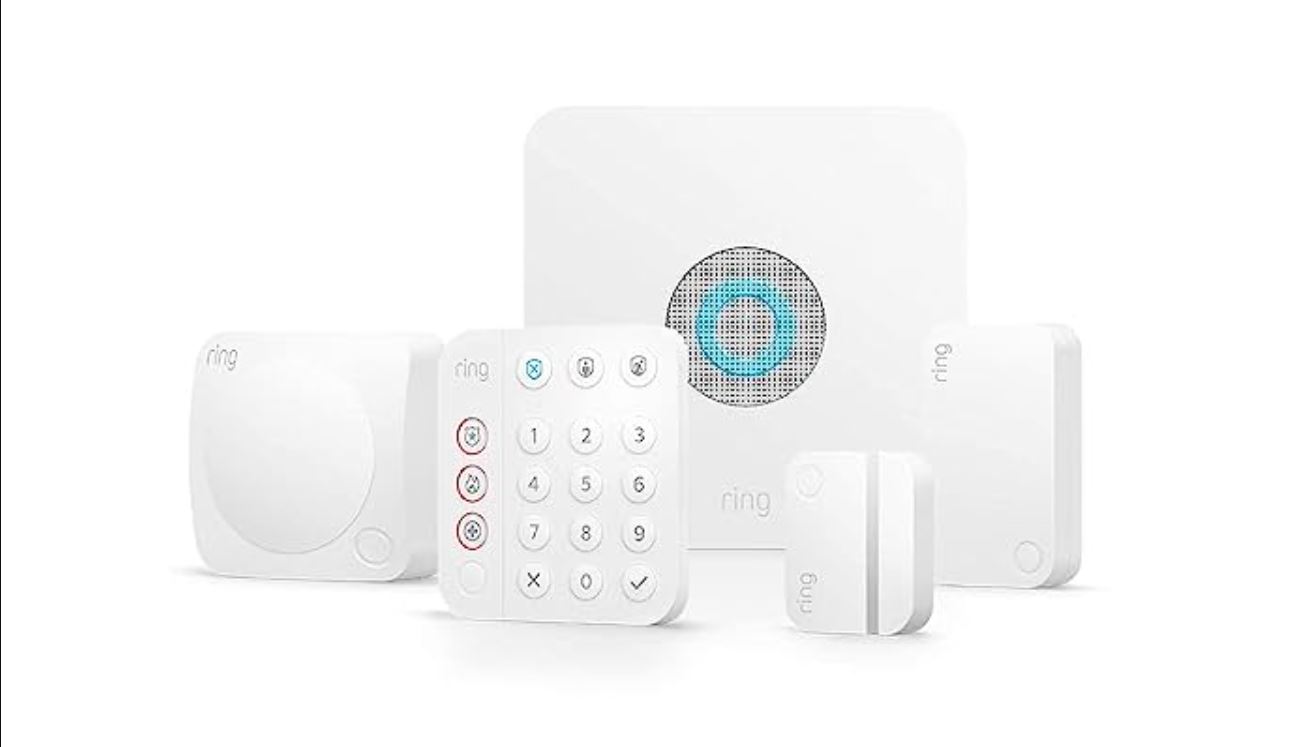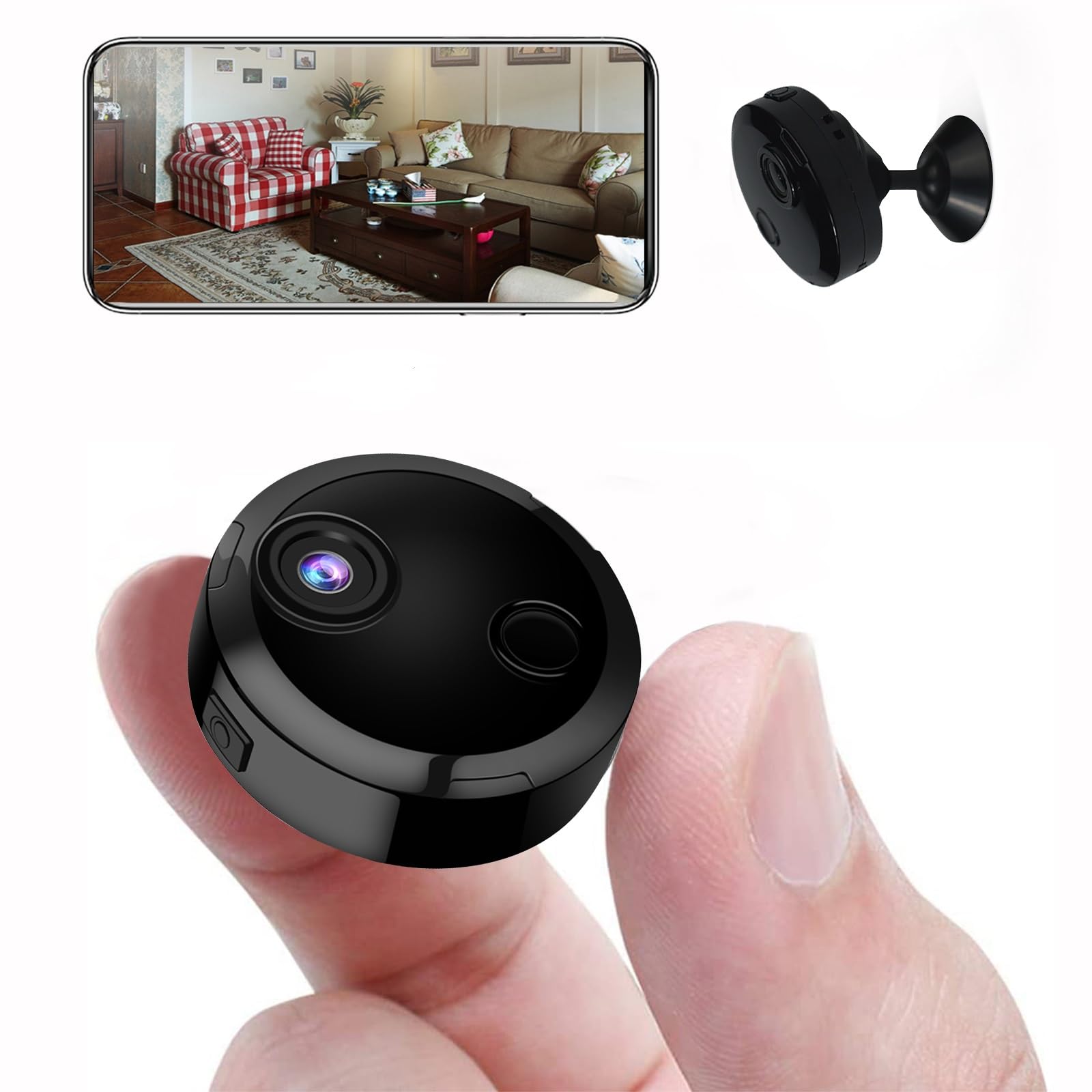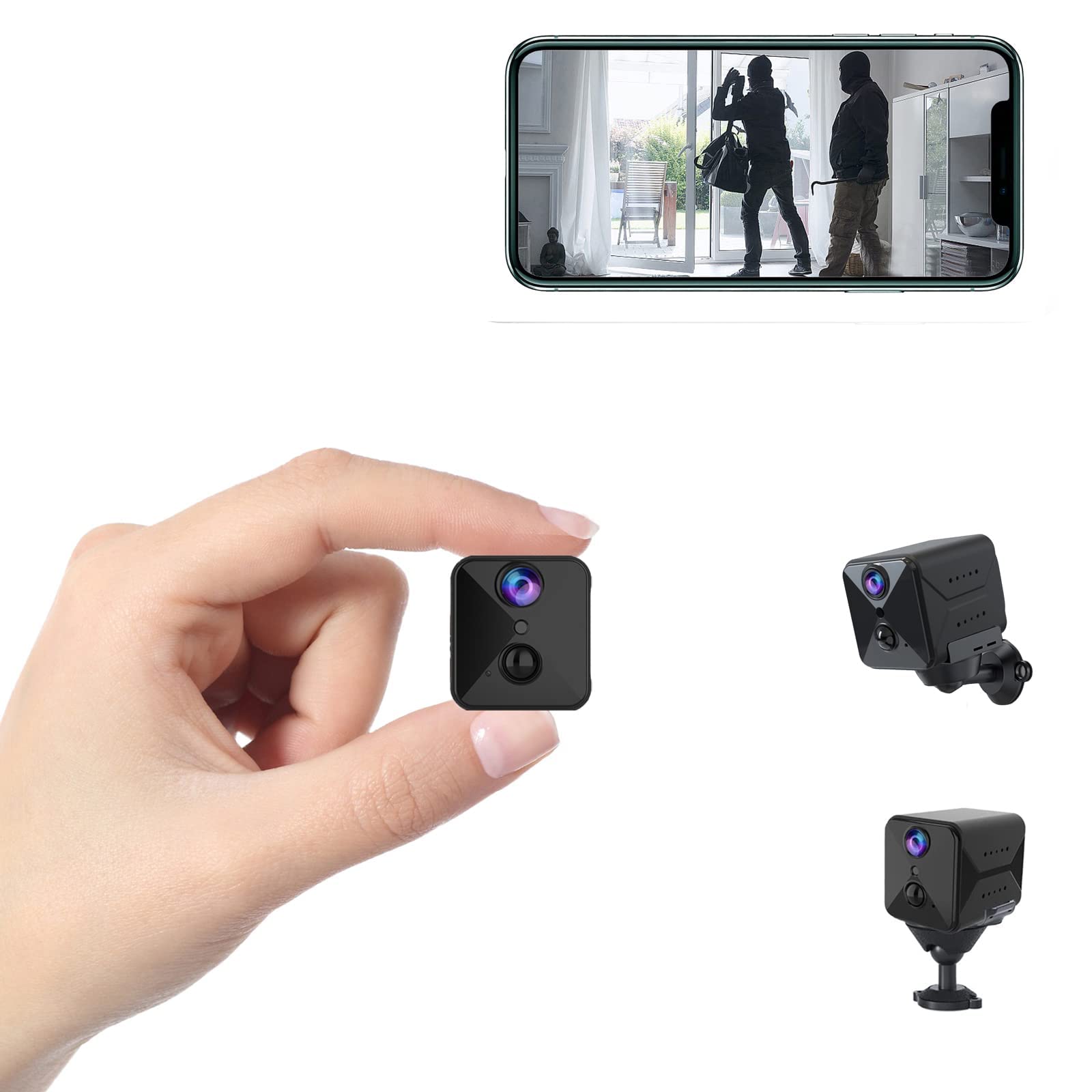Introduction
Have you ever found yourself in a situation where you needed to discreetly record a conversation or an important event? Whether you’re a journalist, investigator, or just someone wanting to gather evidence, having a hidden voice recorder can be incredibly useful.
Choosing the right voice recorder is crucial to ensuring that you capture high-quality audio while remaining undetectable. In this article, we will explore various methods and techniques to hide a voice recorder effectively.
Concealing a voice recorder requires careful consideration of both the device and its hiding spot. You want to choose a recorder that is small, portable, and inconspicuous. Look for models that have long battery life, good storage capacity, and reliable audio quality.
Once you have chosen the appropriate voice recorder, the next step is to find the perfect hiding spot. This can be in everyday objects, such as pens, watches, or even clothing. Camouflaging the device in its surroundings is another effective method to avoid suspicion. Disguising the voice recorder as something else entirely, like a USB drive or a car key, can also be a practical and discreet way to hide it.
While hiding the voice recorder is essential, it’s equally important to know how to position it to capture clear and audible sound. Strategic placement of the device, such as near the source of sound or in a room with minimal background noise, can significantly improve the quality of the recording.
In this article, we will delve into each of these methods in detail, offering tips and recommendations to help you successfully hide a voice recorder. With the right device and techniques, you can discreetly record conversations, meetings, interviews, and more, all while maintaining your privacy and the integrity of your recordings.
So, if you’re ready to learn the art of hiding a voice recorder, let’s dive in and discover the secrets to becoming a master of covert audio recording.
Choosing the Right Voice Recorder
When it comes to hiding a voice recorder, selecting the right device is crucial. You want a recorder that is not only small and portable but also capable of capturing clear and high-quality audio. Here are a few factors to consider when choosing the right voice recorder for your needs:
- Size and Portability: Opt for a compact recorder that can easily be concealed. Look for slim and lightweight options that can fit comfortably in pockets, purses, or hidden compartments.
- Battery Life: Ensure your voice recorder has sufficient battery life to last as long as you need it to. Look for models with extended battery capabilities or consider getting one with replaceable batteries.
- Storage Capacity: Consider how much audio you need to record and choose a voice recorder with ample storage capacity. Look for recorders with expandable memory options to accommodate longer recordings.
- Audio Quality: Look for recorders that have high-quality audio sensors and powerful microphones. Some recorders even offer noise reduction features to help eliminate background interference.
- Stealth Features: Certain voice recorders come with built-in features designed specifically for covert recording. Look for options with silent operation, such as no LED lights or beeping sounds, to avoid drawing attention to the device.
- Recording Modes and Formats: Consider the different recording modes and formats offered by the recorder. Look for options that allow you to adjust the recording quality and choose the most suitable format for your needs.
Additionally, it may be beneficial to read reviews and comparisons of different voice recorders to determine which ones have the best user ratings and performance. Keep in mind your specific recording needs and budget when making your final decision.
In summary, choosing the right voice recorder is essential to ensure successful covert recordings. Pay attention to factors such as size, portability, battery life, storage capacity, audio quality, stealth features, and recording modes. By carefully considering these aspects, you will be well-equipped to select a voice recorder that meets your specific requirements for discreet audio recording.
Concealing the Voice Recorder
Once you have selected the ideal voice recorder, the next step is to find the perfect hiding spot. Concealing the voice recorder effectively is crucial to avoid detection. Here are some techniques to help you hide the device:
1. Everyday Objects: One of the easiest ways to conceal a voice recorder is by disguising it as an everyday object. For example, you can purchase a voice recorder that looks like a pen, a USB drive, or a keychain. These devices are designed to blend seamlessly into their surroundings, making it less likely that anyone will notice them.
2. Clothing: Another discreet hiding spot for a voice recorder is within your clothing. You can find specially designed recorders that can be attached to a button loop or hidden in a pocket. This allows you to capture audio without raising suspicion.
3. Room Objects: Look around the room where you plan to conduct the recording and identify objects that can help conceal the voice recorder. For example, you can hide the recorder behind books, plants, or other decorative items. Ensure that the hiding spot doesn’t obstruct the microphone, as it can interfere with the audio quality.
4. Furniture: Some voice recorders come with magnetic attachments, allowing you to easily conceal them under tables, chairs, or other metal surfaces. This method creates a discreet and stable hiding spot for longer recordings.
5. Personal Items: Consider utilizing personal items, such as a bag or a wallet, to hide the voice recorder. Sewing a hidden compartment inside these items can provide a secure and discrete spot for the device.
6. Custom-Made Hiding Spots: If you have specific requirements or want to customize your hiding spot, consider creating a custom-made hiding spot for your voice recorder. This can involve creating a hidden compartment in a book, a hollowed-out object, or even a specially designed container.
Remember to conduct a test recording in different hiding spots to ensure optimal audio quality. Test the range and clarity of the recorder in each position to determine the most effective hiding spot for your specific environment.
In summary, concealing the voice recorder is essential for successful covert recordings. Utilize everyday objects, clothing, room objects, furniture, personal items, or create custom-made hiding spots to ensure the voice recorder remains undetectable. Be creative and innovative when finding the perfect hiding place for your device.
Hiding the Voice Recorder in Objects
Hiding a voice recorder in objects is a popular and effective technique for covert audio recording. By concealing the recorder within everyday objects, you can capture conversations and events discreetly. Here are some common objects that can serve as excellent hiding spots for your voice recorder:
1. Pens: Voice recorders that are designed to look like pens are a common choice for hidden recording. You can opt for a pen with a built-in recorder or purchase a separate recorder that fits inside a hollowed-out pen. Make sure the pen functions as a regular writing tool to maintain its authenticity.
2. USB Drives: Another sneaky way to hide a voice recorder is by using a USB drive that doubles as a covert recording device. These devices typically have a built-in microphone and can also store files like a regular USB drive. Make sure to choose one with a cover or cap to maintain the illusion.
3. Keychains: Keychain voice recorders are small and inconspicuous, making them ideal for covert recordings. You can attach the keychain recorder to your keys, purse, or bag, allowing you to capture audio while going about your daily activities discreetly.
4. Watches: Some voice recorders are designed to resemble watches, offering a covert way to capture audio. These devices typically have a microphone placed near the watch face and can be set to record at specific intervals or continuously.
5. Mobile Phone Cases: If you’re looking to hide the voice recorder in plain sight, consider using a mobile phone case. There are cases available with hidden compartments specifically designed to fit a small recorder. This method allows you to discreetly record audio while using your phone normally.
6. Glasses: Some voice recorders are cleverly integrated into eyeglasses frames, providing a hidden recording option. These glasses look indistinguishable from regular eyewear, making them perfect for capturing audio without drawing attention.
Remember to choose objects that are commonly seen in your daily life to ensure that they blend seamlessly with your surroundings. Pay attention to the quality and functionality of the hidden object to maintain a natural appearance and avoid suspicion.
Before using any of these concealed objects, make sure you are aware of the legalities surrounding covert recording. Be cautious and respectful of privacy laws and use these techniques responsibly.
In summary, hiding a voice recorder within everyday objects is an effective method for capturing audio discreetly. Choose objects such as pens, USB drives, keychains, watches, mobile phone cases, or glasses that blend seamlessly with your environment. By utilizing hidden recorder objects, you can record conversations and events without raising suspicion.
Camouflaging the Voice Recorder
To further ensure the covert nature of your audio recordings, camouflaging the voice recorder is an effective technique. By blending the recorder into its surroundings, you can significantly reduce the chances of detection. Here are some strategies to help you camouflage the voice recorder:
1. Color Matching: Choose a voice recorder that matches the color and texture of the environment where you plan to conceal it. For instance, if you want to hide the recorder on a shelf, select a device with a casing that matches the color of the surrounding items. This technique helps the recorder blend in seamlessly.
2. Disguise with Stickers or Decals: Apply stickers or decals onto the voice recorder to make it appear as a completely different object. For example, you can cover the recorder with a sticker resembling a brand logo or turn it into an item that is commonly seen in the area, such as a label maker or a remote control.
3. Incorporate into Decorative Items: Conceal the recorder within decorative items that are common in the location, such as a plant, a picture frame, or a piece of art. Ingeniously hiding the recorder within these elements will keep it inconspicuous.
4. Custom Camouflage: If the environment requires a more customized approach, you can create a camouflage cover for the voice recorder. Use fabric, adhesive paper, or other materials that blend well with the location. It could be a fabric wrap around the recorder that mimics a piece of furniture or an object.
5. Strategic Placement: Position the voice recorder strategically to make it appear as a natural part of the environment. For example, if you plan to hide the recorder in a room, place it near other electronic devices or cables to mask its presence. This method utilizes the visual clutter to camouflage the recorder.
6. Hidden Compartments: Consider hiding the voice recorder within existing objects that have built-in compartments, such as a hollowed-out book, a secret drawer, or a storage box. By utilizing these hidden spaces, you can maintain the recorder’s hidden status while keeping it easily accessible.
Remember, the key to successful camouflage is to make the voice recorder blend seamlessly into the surroundings. Pay close attention to detail, aligning colors, textures, and shapes to make the recorder virtually indistinguishable.
While camouflaging the voice recorder, consider the functionality of the device. Ensure that the microphone and recording capabilities are not obstructed by the camouflage techniques, as it is essential to capture clear and audible audio.
In summary, camouflaging the voice recorder enhances its concealment, reducing the chances of detection. Utilize color matching, stickers, decorative items, custom camouflage, strategic placement, and hidden compartments to blend the voice recorder into its surroundings. By employing these techniques, you can maintain the covert nature of your audio recordings.
Disguising the Voice Recorder
Disguising the voice recorder takes the concept of hiding to the next level by making the device appear as something entirely different. By cleverly disguising the recorder, you can further ensure its undetectability. Here are some effective methods for disguising the voice recorder:
1. USB Drive: Choose a voice recorder that resembles a regular USB drive. This discreet design allows you to carry the recorder with you without drawing any attention. Ensure that the recorder functions as a standard USB drive to maintain its authenticity.
2. Car Key Fob: Some voice recorders are designed to mimic car key fobs. These devices often include buttons that mimic the lock or unlock functions to create an authentic appearance. You can discreetly listen to and record conversations while holding what appears to be a car key.
3. Bluetooth Earpiece: Consider using a voice recorder that looks like a Bluetooth earpiece. These devices typically have a concealed microphone and can capture audio while giving the appearance that you are simply using a hands-free device.
4. Fitness Tracker: Voice recorders that double as fitness trackers are an innovative way to disguise the device. These recorders often have additional features like step tracking or heart rate monitoring, making them appear as ordinary fitness accessories.
5. Writing Instruments: Select a voice recorder that resembles a regular writing instrument, such as a pen or a marker. These devices function as both a writing tool and a recording device, allowing you to conveniently record conversations while seeming unremarkable.
6. Household Objects: Consider concealing the voice recorder within common household objects, such as a clock, a picture frame, or a small appliance. This disguise blends the recorder into the surrounding environment and makes it less likely to be noticed.
When disguising the voice recorder, pay attention to the size, shape, and function of the disguised object. Ensure that the recorder’s microphone is not obstructed and that it can capture clear audio while maintaining its disguise.
Remember, always use disguised voice recorders legally and ethically, following the applicable laws and regulations in your jurisdiction.
In summary, disguising the voice recorder involves making it appear as something entirely different. Utilize voice recorders that resemble USB drives, car key fobs, Bluetooth earpieces, fitness trackers, writing instruments, or household objects to effectively disguise the device. By implementing these disguise techniques, you can record audio discreetly while remaining inconspicuous.
Tips for Successful Recording
When it comes to recording audio covertly, there are several tips and techniques that can help ensure successful and high-quality recordings. Whether you’re using a hidden voice recorder or a disguised device, consider the following tips:
1. Test and Familiarize: Before using the recorder in a real-life situation, take the time to test and familiarize yourself with its features and functions. This will help you understand how the device operates, adjust settings if necessary, and ensure optimal performance.
2. Positioning Matters: Proper placement of the voice recorder is essential for capturing clear and audible sound. Position the recorder as close to the source of sound as possible without being obvious. Experiment with different positions and angles to find the sweet spot for optimal recording quality.
3. Mind the Background Noise: Be mindful of the background noise in the recording environment. Choose a location with minimal background noise to ensure that the main audio source is captured clearly. Avoid places with excessive chatter, loud machinery, or other distractions that may interfere with the recording.
4. Check Battery Life and Storage: Always check the battery life and available storage space of the voice recorder before starting a recording. Make sure the device is fully charged or has enough power to last throughout your planned recording duration. Additionally, ensure you have sufficient memory space to accommodate the recording, especially if recording for an extended period of time.
5. Monitor Audio Levels: Keep an eye on the audio levels while recording to ensure that the sound is being captured properly. Some voice recorders have built-in indicators or visual cues to help you monitor the audio levels. Adjust settings or position the recorder accordingly if you notice any distortion or too low audio levels.
6. Maintain Discretion: In order to avoid drawing attention to yourself or the recorder, maintain a natural demeanor while recording. Act casual and engage in normal conversations or activities. Avoid any suspicious behaviors that may alert others to the presence of a recording device.
7. Legal Considerations: Familiarize yourself with the legal implications and privacy regulations related to recording conversations in your jurisdiction. Ensure you abide by the laws and obtain any necessary permissions or consents, if required.
8. Review and Backup Recordings: After completing a recording, review the audio to verify its quality and clarity. Make backups of the recordings and store them securely in case of loss or any unforeseen incidents. This will help preserve and protect the recorded audio as necessary.
9. Be Respectful of Privacy: Always prioritize respectful and ethical behavior when recording conversations or events. Avoid invading anyone’s privacy or using the recordings inappropriately. Use the recordings only for the intended purpose and in accordance with legal and ethical guidelines.
By implementing these tips, you can enhance your chances of successful covert recordings while maintaining professionalism and ethical responsibility.
Conclusion
Covert audio recording can be a valuable tool in various circumstances, from investigative work and journalism to personal or professional situations. Having the ability to hide, disguise, and camouflage a voice recorder allows you to capture important conversations and events discreetly.
Choosing the right voice recorder is essential, considering factors such as size, portability, battery life, storage capacity, audio quality, and stealth features. By selecting a recorder that meets your specific needs, you can ensure successful and high-quality recordings.
Concealing the voice recorder effectively is crucial to avoid detection. Hiding the device within everyday objects, clothing, room objects, furniture, or personal items provides a discreet and convenient way to capture audio without raising suspicion.
Camouflaging the voice recorder takes the concealment to the next level. By blending the device into its surroundings through color matching, stickers, decorative items, custom camouflage, strategic placement, or hidden compartments, you can significantly reduce the chances of the recorder being noticed.
Disguising the voice recorder further enhances its undetectability. By making the recorder resemble everyday objects like USB drives, car key fobs, Bluetooth earpieces, writing instruments, or household objects, you can covertly capture audio while maintaining an ordinary appearance.
To ensure successful recordings, follow tips such as testing the device, strategic positioning, minimizing background noise, checking battery life and storage, monitoring audio levels, staying discreet, abiding by legal considerations, reviewing and backing up recordings, and respecting privacy. These tips will help you capture clear and confidential audio recordings.
Remember to use covert audio recording responsibly, following the applicable laws and regulations in your jurisdiction. Be mindful of ethical considerations and respect the privacy of individuals involved in your recordings.
By becoming skilled in the art of hiding, disguising, and camouflaging a voice recorder, you can harness the power of covert audio recording effectively and discreetly in your chosen field. So, use these techniques responsibly and enhance your ability to gather crucial information and evidence while maintaining the integrity of your covert recordings.







